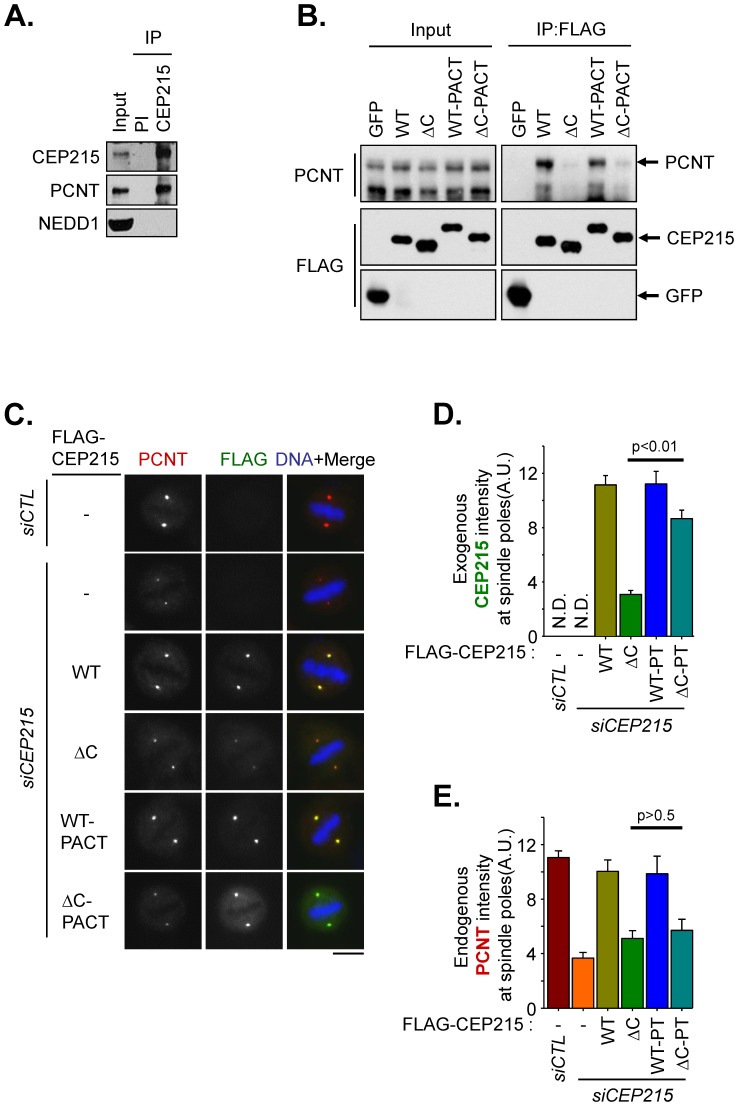Figure 1. Rescue experiments with CEP215-truncated mutants devoid of the pericentrin-interaction domain.
(A) Mitotic HEK293T cells were subjected to immunoprecipitation with pre-immune (PI) or CEP215-specific (CEP215) serum followed by immunoblot analysis with antibodies specific to CEP215, pericentrin and NEDD1. (B) HEK293T cells transfected with FLAG-tagged GFP, CEP215 (WT) and CEP215Δ1726–1893 (ΔC), CEP215-PACT (WT-PACT) and CEP215Δ1726–1893-PACT (ΔC-PACT) were treated with STLC for 16 h to synchronize the cells at mitosis. The mitotic cell lysates were subjected to immunoprecipitation with FLAG resin followed by immunoblot analysis with pericentrin and FLAG antibodies. (C) CEP215-depleted HeLa cells were rescued with FLAG-tagged CEP215 (WT) and CEP215Δ1726–1893 (ΔC), CEP215-PACT (WT-PACT) and CEP215Δ1726–1893-PACT (ΔC-PACT). The cells were treated with RO3306 for 16 h and subsequently removed for 40 min to allow accumulation of mitotic cells. (C) The cells were coimmunostained with pericentrin (red) and FLAG (green) antibodies. Scale bar, 10 µm. The intensities of ectopic CEP215 (D) and endogenous pericentrin (E) at the spindle poles were quantified in more than 40 cells per group in three independent experiments. Error bars, SEM. The paired t-test was performed with p values indicated.

